Harira: Moroccan Soup with Chickpeas & Lentils
Harira is a traditional Moroccan soup, fragrant with spices and full of hearty chickpeas, lentils and sometimes meat too.
But, often eaten to break a fast, it’s satisfying without being heavy. Lemon juice added just before serving brings a refreshing, zesty note.
In this post I show you how to make harira both in an Instant Pot electric pressure cooker and in the oven.
I’ve included tender cubes of lamb, but you can leave them out to make an entirely plant-based harira if you prefer.
HARIRA
According to my favourite source for all things Middle Eastern, Claudia Roden, harira is “the generic term for a soup full of pulses – chickpeas, lentils or beans – with little meat, few vegetables and plenty of herbs and spices.” (Arabesque, 2005).
The soup’s name is said to come from the Arabic word for silk, alharir. We’ll come to why when I show you how to make it.
Traditionally eaten by Moroccan Muslims to break their daily fast during Ramadan, Roden says that harira also came to be taken up by Moroccan Jews for their festive occasions (The Book of Jewish Food, 1996).
From further reading, I’ve learned that it’s particularly associated with the breaking of the Yom Kippur fast.
Once you’ve tried it, I think you’ll understand exactly why harira is a favoured food to break fasts.
Full of goodness and with enticing, fragrant aromas, harira manages to be satisfying without any heaviness.
INGREDIENTS
There doesn’t seem to be a standard recipe for harira. Rather, each family has their own traditions of what’s included.
While some appear quite light and soupy, I’ve gone for the thicker, spicier, meal-in-a-bowl version.
For the pulses I’ve used chickpeas and green lentils, but you could swap them for your own favourites.
As soaked pulses can vary greatly in the time they take to cook, I add pre-cooked ones to my soup.
In this case I used tinned chickpeas plus some green lentils which I cooked myself.
For variety, I also added a few broad beans.
I used frozen baby broad beans this time, but if fresh ones are in season then do use those. Remove the skins first if you like.
While you can have a completely plant-based harira, I like the extra flavour and nutrition brought by lamb. Some versions use beef or chicken instead.
Regular readers will know that I get all my lamb locally from Troutsdale Farm. From mature animals, it’s grass fed, raised ethically and is superb quality.
Lamb shoulder (or hogget or mutton shoulder), diced quite small, is perfect for this recipe. Melding with the other ingredients, it becomes wonderfully tender while standing up beautifully to the robust spices.
Talking of spices, if you’ve a well-stocked cupboard then you’ll probably already have everything you need. I’ve used cumin, paprika, turmeric, ginger, cinnamon and chilli flakes.
There’s a little saffron in there too, but I wouldn’t buy it especially for this recipe if you don’t normally keep it in.
MAKING HARIRA
The harira is made just like almost every other soup or stew.
We start by browning the meat (if using) then softening the aromatics: onion, celery and garlic.
Next go in tinned tomatoes and some stock. I think the soup needs a little sweetness to balance both the spices and the acidic tomatoes, so put in a few teaspoonfuls of pomegranate molasses. But any other sweetener if fine, or just leave it out.
If you’ve included lamb, you’ll next need to cook the soup until the meat is tender.
This should take around 2 hours in a low oven or just 30 minutes in the Instant Pot. Instructions for both are given in the detailed recipe card at the end of the post.
Your pre-cooked beans and pulses go in next, along with plenty of fresh parsley and coriander leaf.
The whole thing is then bubbled so the pulses take on all those spicy flavours.
FINISHING TOUCHES
It’s the next stage which gives harira it’s name alluding to silkiness.
Flour and cold water are mixed together to form a paste. This is stirred into the soup to both thicken and give its characteristic silky texture.
As I hadn’t used up all my stock, I used some of that. Just make sure it’s cold or it will be difficult to make a paste that isn’t lumpy.
The thickening paste or tedouira is sometimes left to ferment (like a sourdough starter). Other recipes use eggs stirred in right at the end to give a similar texture.
But we’re going for the simple option of just flour and water. Stir in as much of the paste as needed to get the soup to the thickness you like, adding a little at a time.
Besides the pulses, and meat if using, most harira will also include pasta or sometimes rice.
Thin vermicelli seems to be a favourite, although spaghetti or linguine works fine too.
At this stage the harira will be very thick, so keep stirring to make sure it doesn’t stick. Add extra stock if necessary too.
The very final touch is to add more parsley and coriander plus lemon juice. The latter gives the soup it’s characteristic sharp, refreshing flavour which I think makes it so special.
However, you might want to start with the juice of half of a lemon and see how you like it. Taste, check the seasoning, then add more juice if you think it needs it. I like mine quite tart so add the juice of a whole lemon.
SERVING HARIRA
With so many good things in it, I think harira is a great one bowl meal. Meat, vegetables, pasta and pulses all brought together in a velvety, rich, spicy and tangy sauce.
If you’re especially hungry, then some flatbread to dip into all those gorgeous flavours would be good. To up the vegetable intake you could also serve some salads on the side or as a preceding course.
Although it’s probably not very traditional, and certainly wouldn’t do for kosher Yom Kippur fast-breaking, I like a blob of thick yogurt on my harira. Its creaminess is a great contrast to the spicy stew.
A sprinkle of cumin and a few extra herbs wouldn’t go amiss either.
Although the ingredients list for my harira looks long, if you’re a regular cook who likes spicy food then you’ll probably already have most of them.
If you’re going to cook the soup in the oven then yes, you’ll need to set aside a few hours for the meat to get tender. But it’s mainly hands-off time. And if you’ve a pressure cooker then this really isn’t a time-consuming dish at all.
Leftovers are great reheated the next day when the flavours have matured even more. Harira also freezes well so it’s worth making a big batch.
You don’t have to be someone who fasts to enjoy this wholesome, delicious and sustaining dish, so I hope you’ll try it.
Leave a comment to let me know what you thought. And don’t forget to rate the recipe!
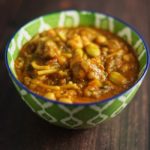
Harira: Moroccan Soup with Chickpeas & Lentils
A fragrant spicy soup with chickpeas, lentils & lamb, harira is filling without being heavy. Lemon juice adds a refreshing, zesty note.
Replace the lamb with more pulses for a plant-based meal.
Ingredients
- 1 tbsp olive oil
- 500 g boneless lamb, diced suitable for stewing e.g. shoulder
- salt & black pepper
- 1 pinch saffron threads optional
- 2 medium onion roughly chopped
- 4 cloves garlic finely chopped
- 2 sticks celery, including any leaves roughly chopped
- 3 tsp ground cumin
- 2 tsp paprika
- 1 tsp turmeric
- 1 tsp ground ginger
- 1 tsp ground cinnamon
- ½-1 tsp dried chilli flakes or harissa
- 400 g chopped tomatoes tinned or fresh
- 2-3 tsp pomegranate molasses or other sweetener
- 600-750 ml low salt stock meat or vegetable
- 230-250 g cooked chickpeas equivalent to 400g tin after draining
- 230-250 g cooked green or brown lentils equivalent to 400g tin after draining
- 1 medium bunch coriander roughly chopped
- 1 small bunch parsley finely chopped
- 80 g broad beans, fresh or frozen optional
- 25 g plain flour
- 75 g dried thin pasta (e.g. vermicelli, spaghetti) broken into small pieces
- 1 lemon juice only
Instructions
-
If you are going to cook the soup in the oven rather than in an Instant Pot (IP):
You'll need a large casserole dish that can go on top of the stove and in the oven.
Preheat the oven to 140C/120C fan/Gas ½
-
In the casserole dish, or using the Saute function on the IP, heat the olive oil.
-
Add all of the lamb to the hot oil, season with salt and pepper, stir, and cook until lightly browned all over.
-
If you are using saffron: put it in a small bowl, cover with boiling water from a kettle and set aside.
-
Stir in the onion, celery and garlic and continue cooking, stirring occasionally until the vegetables are starting to soften (5-8 min).
-
Stir in all the spices and cook for 1 min.
-
Stir in the tomatoes, the pomegranate molasses or other sweetener, plus 500ml of the stock, ½ tsp of salt and lots of black pepper.
Bring to a simmer.
-
If cooking the soup in the oven
Put a lid on the casserole dish and put in the preheated oven. Cook until the lamb is tender (approx 2 hours). Stir occasionally and add more stock if it looks dry.
Remove from the oven and switch the oven off.
If using an IP
Press the Keep Warm/Cancel button, lock on the IP lid and make sure the lever is pointing to 'Sealing'. Press the Manual button then use the + / - buttons to set the time to 30 minutes.
When the time has elapsed, switch off the IP and manually release the pressure by switching the lever to 'Venting'. Remove the lid.
-
Stir in the cooked chickpeas and lentils, half the parsley and coriander, plus the broad beans if using.
-
If you cooked the soup in the oven
Place the casserole on top of the stove over low-medium heat and cook for 10 minutes with the lid off.
If using an IP
Press the saute function and cook for 10 minutes.
-
Put the flour in a small bowl and mix in enough water or cold stock to form a smooth paste the consistency of double cream.
-
Stir about half of the paste into the simmering soup, stirring well while it thickens (2-3 min).
Add more of the paste until the soup is your preferred thickness.
-
Add the broken vermicelli or spaghetti to the pot and cook until done (10-15 min). Add more stock or water as needed.
-
Taste and add more seasoning, spices or sweetener if necessary.
-
Stir in the remaining herbs and half the lemon juice.
Taste, then add the rest of the lemon juice if liked.
-
Serve in bowls, with more spices and herbs sprinkled over if liked and/or yogurt.
ENJOYED THIS RECIPE? YOU MAY LIKE THESE

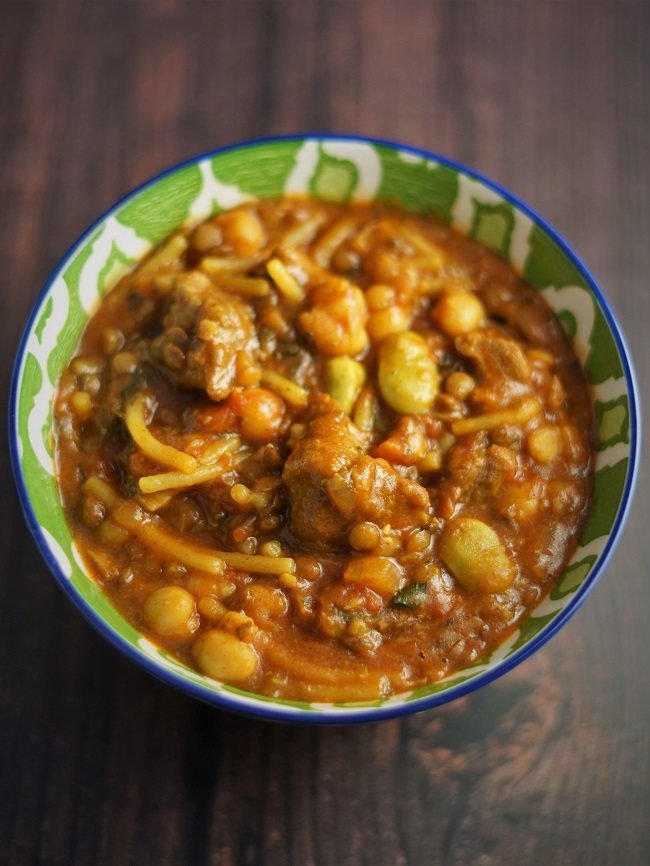
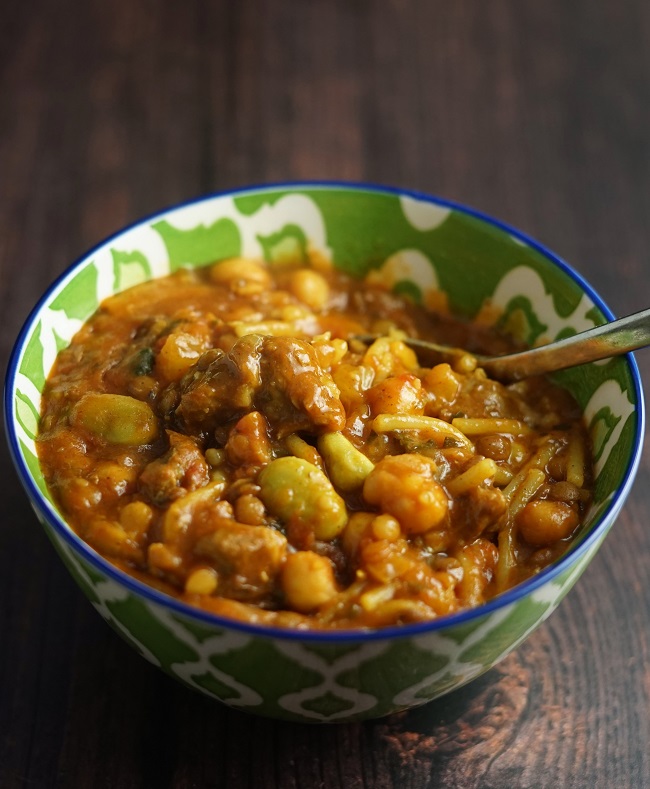
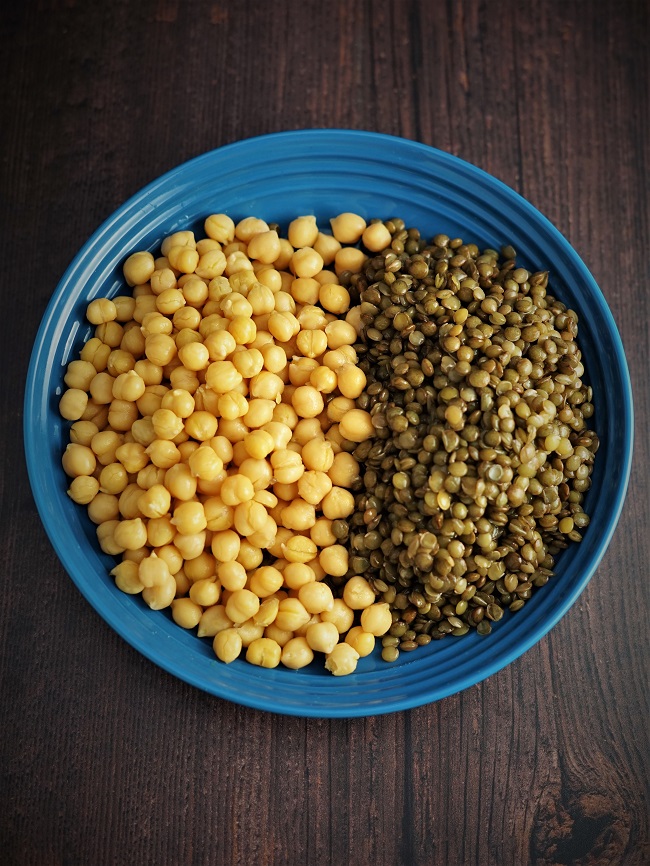
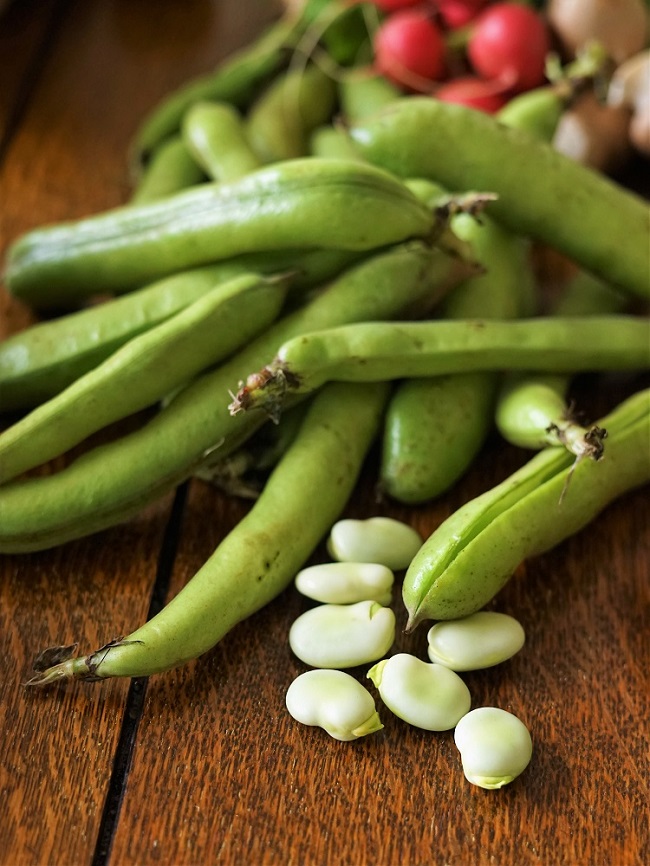
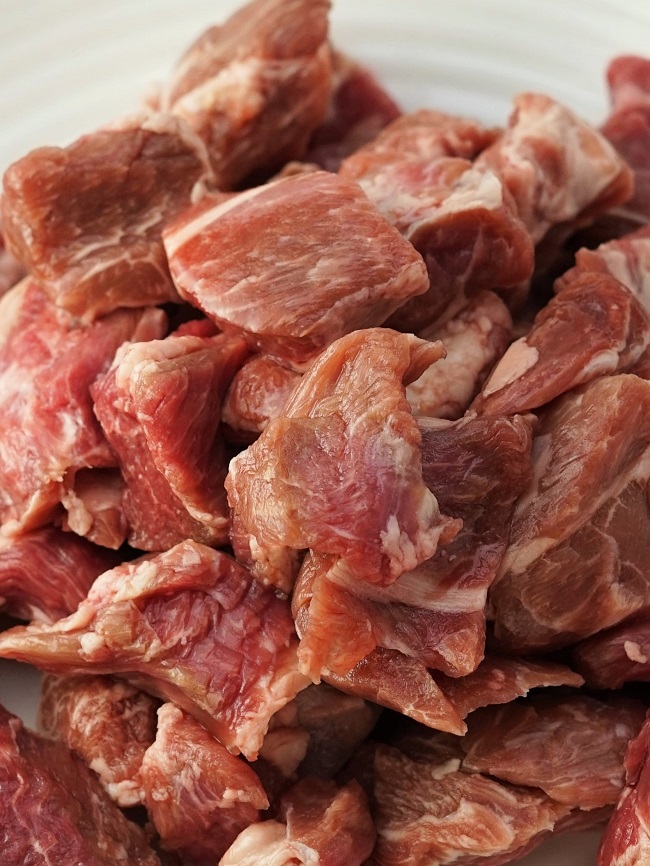

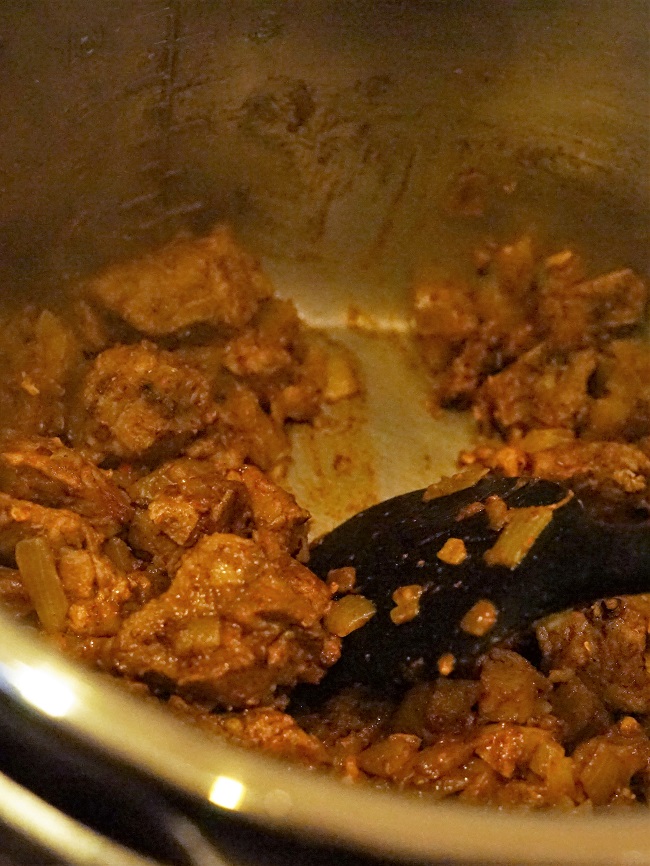
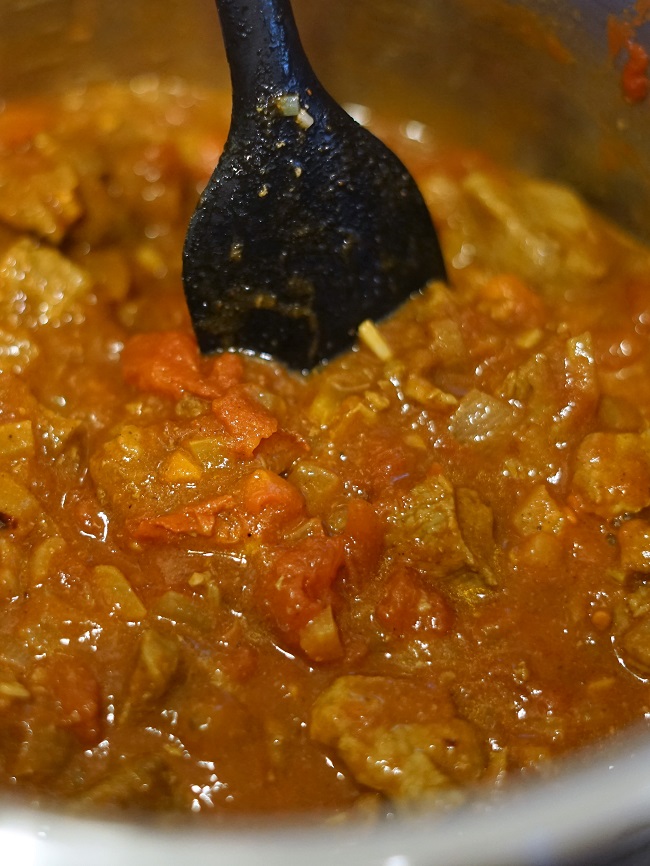
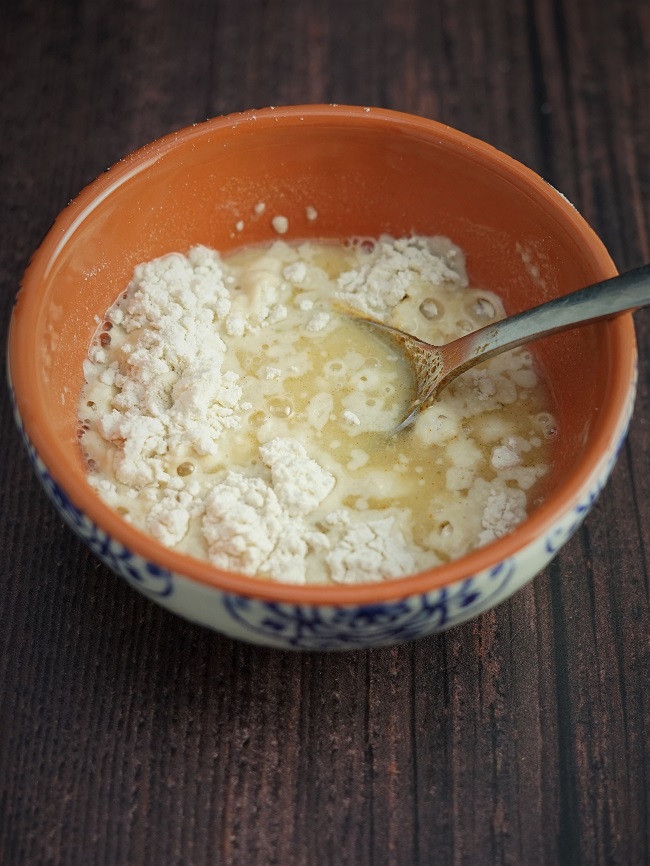
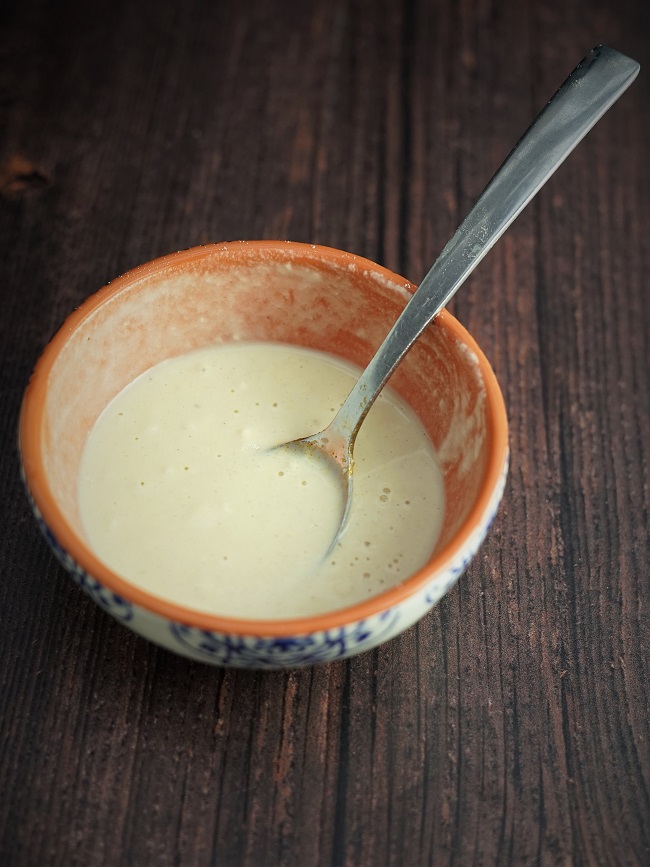
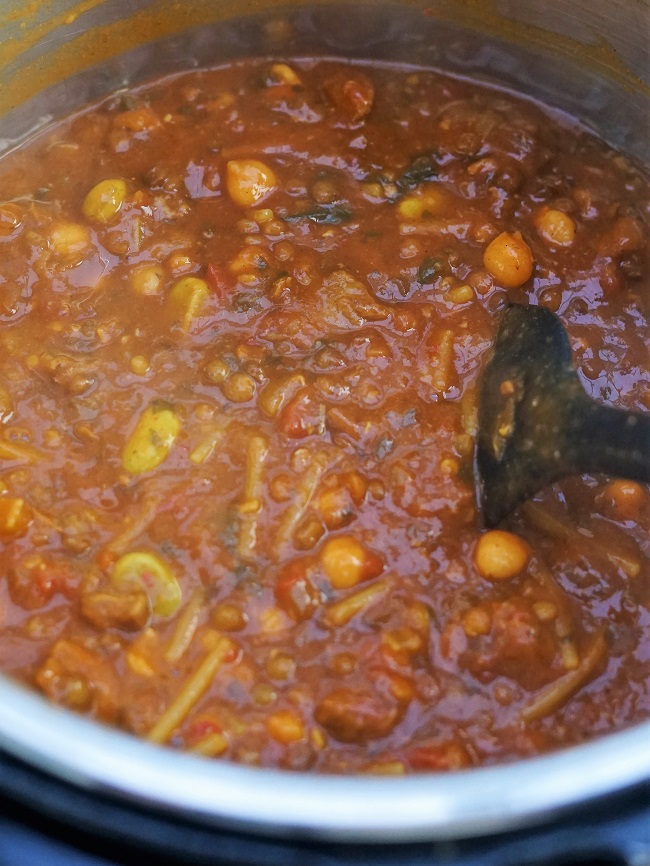
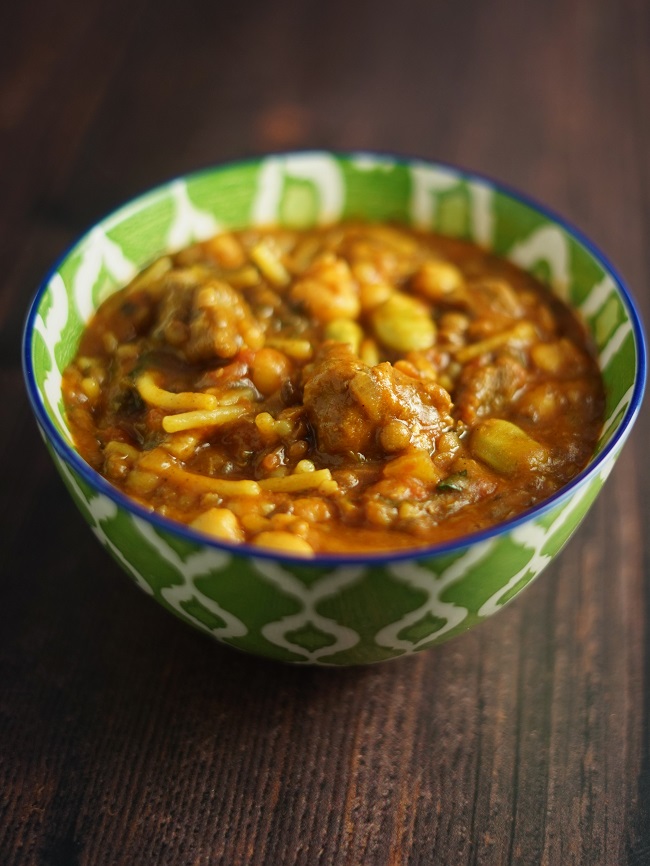
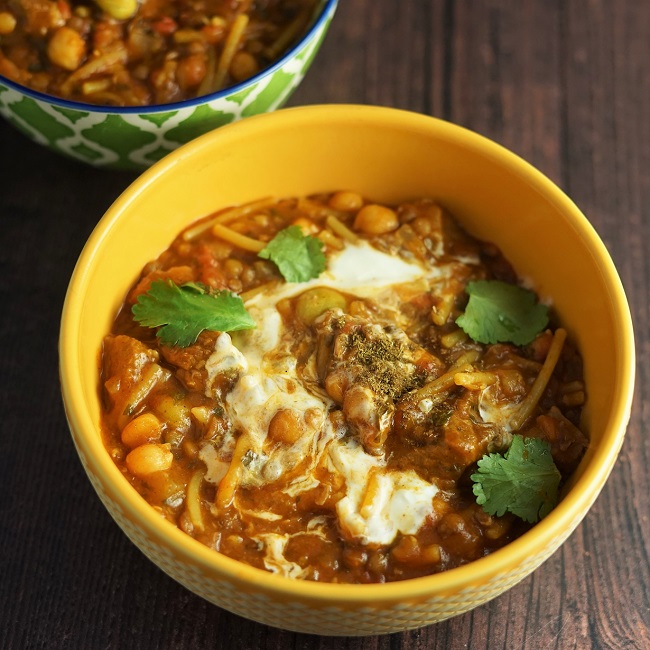
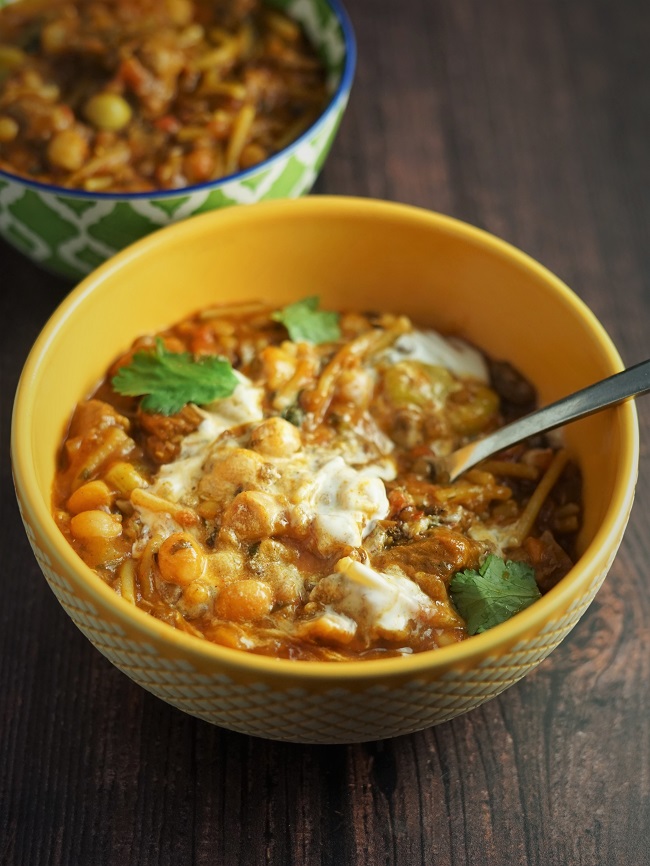
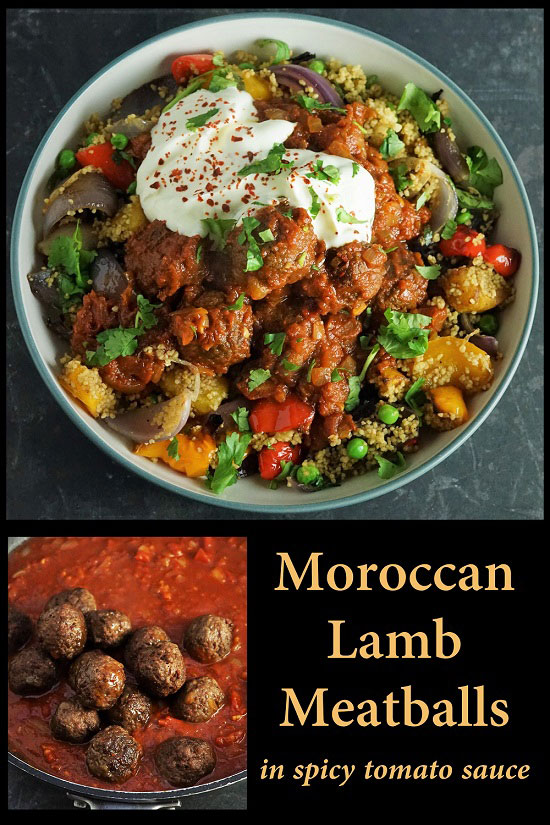



I loved this! Could probably eat it every day. Thank you so much.
Thank you for the lovely feedback Carole! So pleased you enjoyed my recipe.